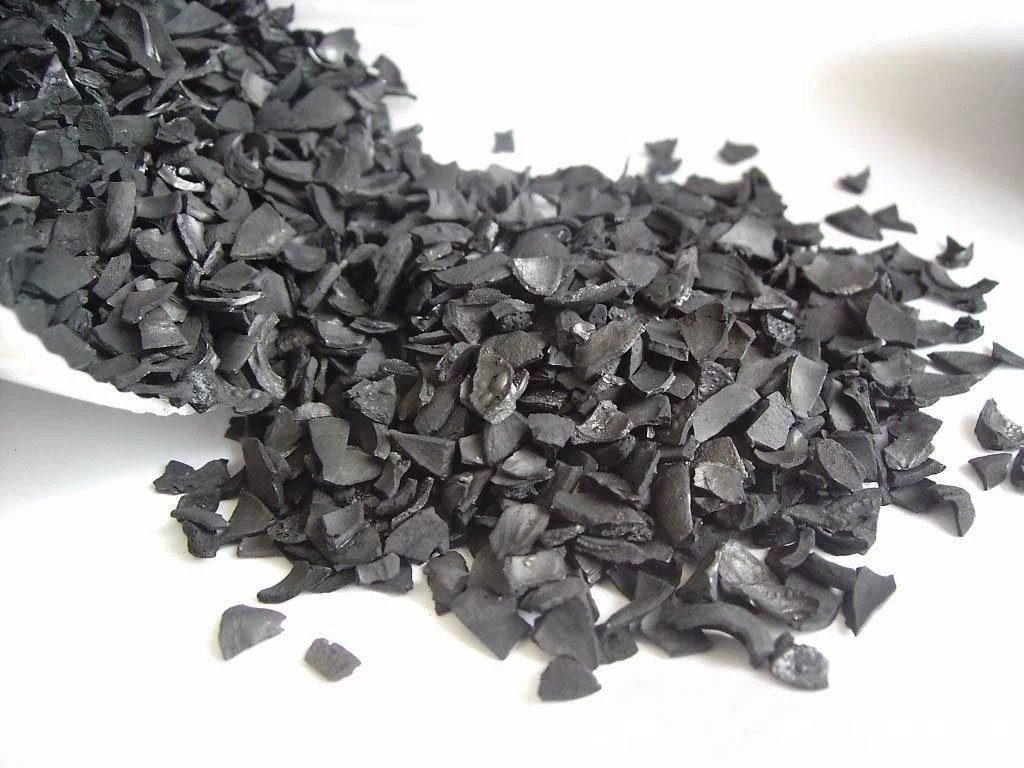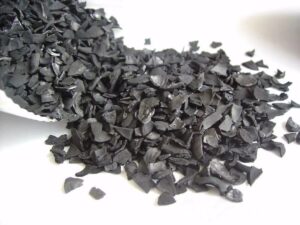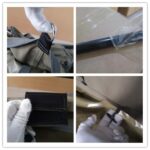

Wood activated carbon using high quality sawdust, coconut shell as raw materials, by crushing, mixing, extrusion, molding, drying, carbonization, activation and made of columnar activated carbon, than the traditional coal columnar carbon ash is low, less impurities, CTC absolute advantage.
Product originality:
The use of non-bonded molding activated carbon proprietary technology. Change the traditional coal tar, starch and other traditional binder forming method. Does not contain binder composition, completely depends on the affinity between carbon molecules and the special nature of the raw material itself. Scientific formula, produced, effectively avoid carbon hole blockage, give full play to the adsorption function of rich developed carbon hole.
Product advantages:
1. The service life of common coal activated carbon is 4-5 times;
2. High adsorption and desorption, so as to greatly improve the recovery of solvent;
3. High strength and low ash, reasonable pore size distribution;
4. Cost-effective, suitable for the recycling of organic gas in this kind of place;
5. High safety of ignition point;
Product applicability:
1. Gas phase adsorption
2. organic solvent recovery (benzene gas toluene, xylene, acetone recovery in the acetate fiber industry)
3. impurities and harmful gas removal, waste gas recovery
4. refinery, gas stations, oil depot excess gasoline recovery.
Test Items:
PH value, ash content, moisture, ignition point, uncarbonized substance, sulfide, chloride, cyanide, sulfate, acid soluble substance, alcohol soluble substance, iron content, zinc content, lead content, arsenic content, calcium and magnesium content, heavy metal content, phosphate, phenol adsorption value, carbon tetrachloride adsorption value, caramel adsorption value, water capacity, etc.
At present, several detection standards of wood activated carbon are as follows:
GB (National standard of the People’s Republic of China) “Coal columnar activated carbon test Method” (GB/ T7702.2-2008) is in GB/T7702.1~7702.22-1997 on the basis of partial revision and the formulation of the current standard, mainly with gas phase adsorption and liquid phase adsorption field, including UI activated carbon physical properties, adsorption properties and show the structure of the tube detection method.
ASTM (American Society for Materials and Testing) : the experimental method can be used as the world’s activated carbon experimental standard, which is the standard method of using liquid phase isotherm method to determine the adsorption capacity of activated carbon is the most basic method to remove contaminants in water and surfactants and other impurities. In addition, ASTM standards also include the determination of activated carbon water solution and activated carbon butane activity and working capacity testing methods.
JIS (Japanese Industrial Standard) : The method is now using JISK1474-2014, the adsorption capacity of activated carbon is divided into liquid phase adsorption, gas phase adsorption and caramel decolorization experiment.
AWWA (American Water Industry Association) : including powder and granular activated carbon standards, is approved by the American National Standards Institute, and came into effect in 1991. The two standards are mainly for the detection of activated carbon for water treatment, and the detection of phenolic adsorption value and tannic acid are the two most important indicators. Phenol adsorption value represents the ability of activated carbon to release some taste and odor, tannin is represented by the organic compounds of rotten plants into the water, the detection of these two indicators is very necessary for waterworks.



